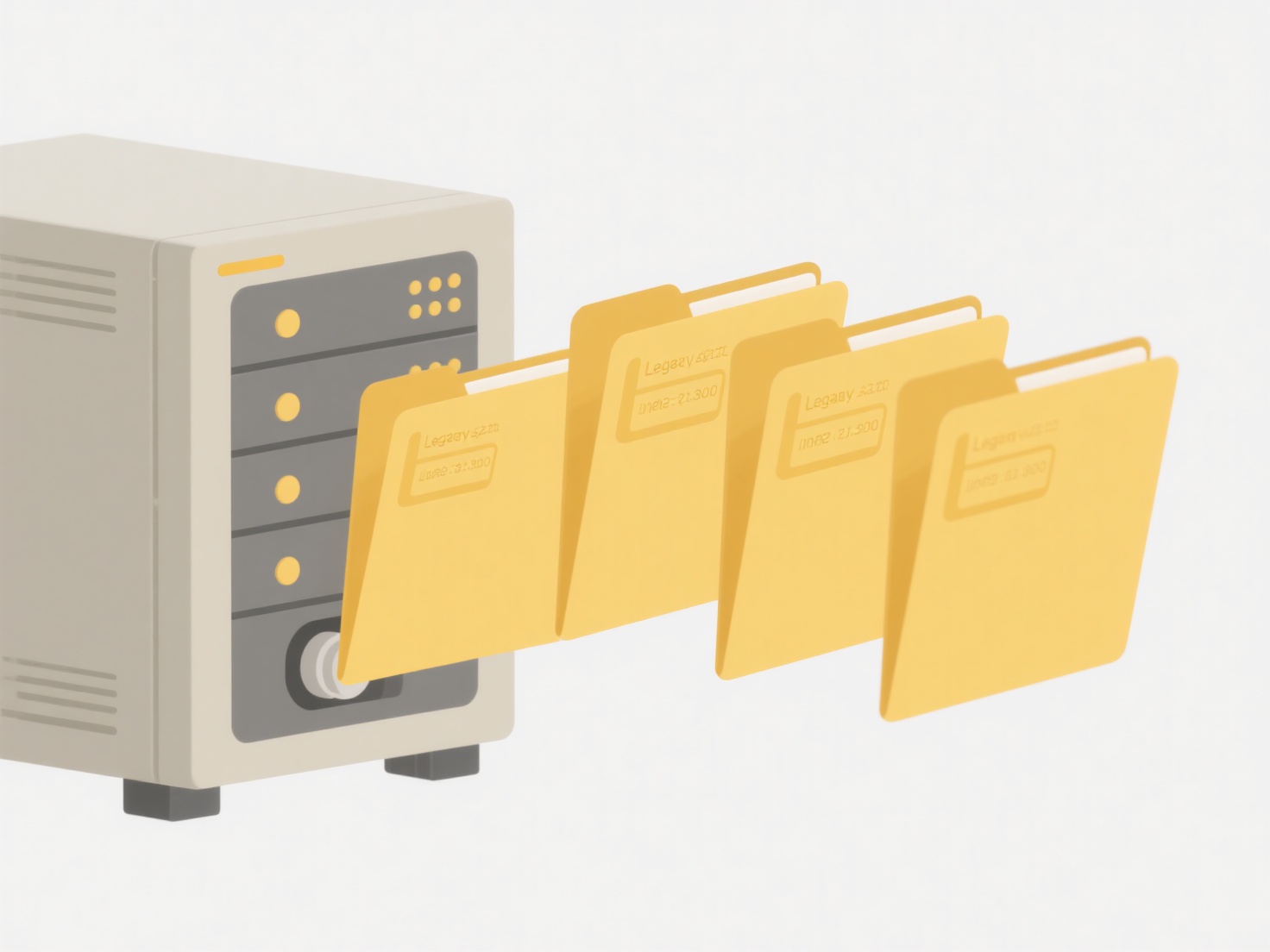
Effective folder structures for long-term storage prioritize logical hierarchy and meaningful naming. Organize content into clear, consistent categories starting broad and moving granular (e.g., Year > Category > Project), unlike short-term systems focused on immediate retrieval. This ensures content remains discoverable and manageable over years or decades, independent of specific software changes. Using descriptive folder names avoids ambiguity.

Key applications involve archiving financial documents using "YYYY_TAX" folders subdivided into "Returns," "Receipts," and "Statements," or managing research projects categorized as "FieldWork_2024," "Publications," "Admin_Funding." This approach is vital across industries like finance, legal, research, and personal archiving, using any consistent file system (Windows, macOS, Linux, cloud storage).
Proper structure offers significant advantages: dramatically improving long-term findability, simplifying large-scale backups or migrations, and reducing data loss risk. Critical limitations include upfront effort for consistent organization and the ongoing need for strict discipline to maintain the system. Crucially, the structure itself must be independent of any specific application or service. Regular audits are essential to adapt the hierarchy as needs evolve and prevent content drift over time.
How do I structure folders for long-term digital storage?
Effective folder structures for long-term storage prioritize logical hierarchy and meaningful naming. Organize content into clear, consistent categories starting broad and moving granular (e.g., Year > Category > Project), unlike short-term systems focused on immediate retrieval. This ensures content remains discoverable and manageable over years or decades, independent of specific software changes. Using descriptive folder names avoids ambiguity.

Key applications involve archiving financial documents using "YYYY_TAX" folders subdivided into "Returns," "Receipts," and "Statements," or managing research projects categorized as "FieldWork_2024," "Publications," "Admin_Funding." This approach is vital across industries like finance, legal, research, and personal archiving, using any consistent file system (Windows, macOS, Linux, cloud storage).
Proper structure offers significant advantages: dramatically improving long-term findability, simplifying large-scale backups or migrations, and reducing data loss risk. Critical limitations include upfront effort for consistent organization and the ongoing need for strict discipline to maintain the system. Crucially, the structure itself must be independent of any specific application or service. Regular audits are essential to adapt the hierarchy as needs evolve and prevent content drift over time.
Related Recommendations
Quick Article Links
What is a proprietary file format?
A proprietary file format is developed and controlled by a specific software company or organization. Unlike open standa...
What’s the best folder structure for managing files?
A folder structure is a logical system for organizing files in directories and subdirectories on computers or cloud stor...
Can I save to external SD card on mobile?
An external SD card is removable flash memory that physically inserts into your device, serving as expandable secondary ...